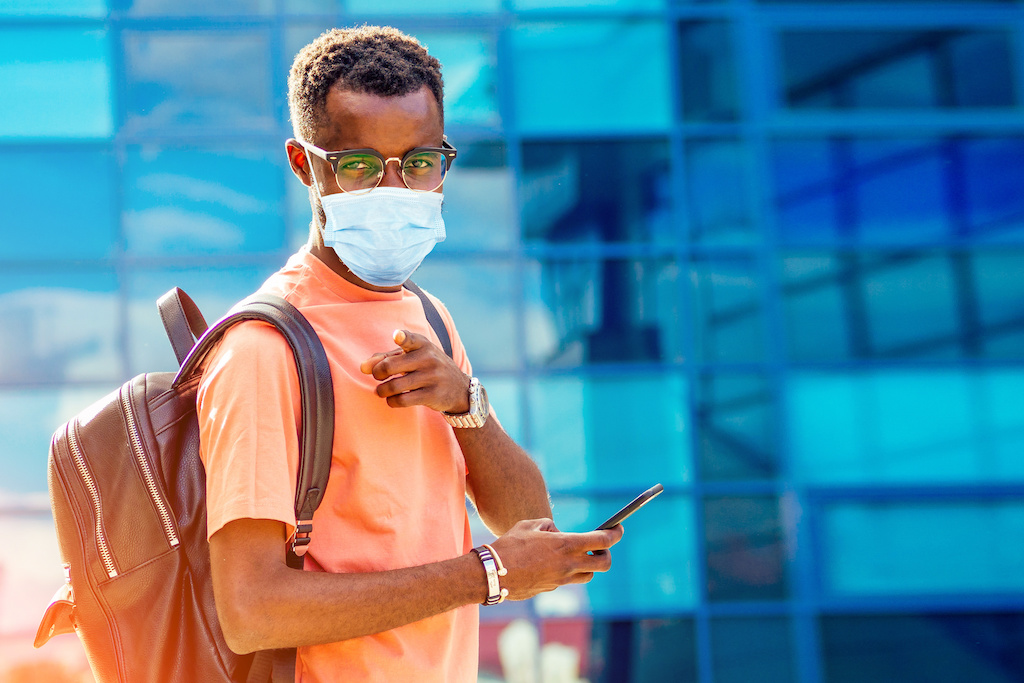When the first college campuses in the state of Washington closed because of the COVID-19 pandemic, I thought the actions to be reasonable and short term because of the proximity to Seattle, the early coronavirus hotspot in the U.S. As more college campuses closed for the remainder of the spring semester and athletic teams’ seasons were cancelled, I thought the actions to be reasonable. Those measures were designed to keep a socially active age group from spreading the coronavirus on campus and in their college towns and cities.
When Boston University became the first college in the U.S. to announce in April that its live classes might be cancelled until January, I thought their announcement to be more headline-oriented than prescient. But as the months have progressed, that’s clearly not the case.
Most colleges that have announced a reopening of their campuses this fall have moved large lecture classes online. Many others are in a hybrid mode with reduced in-person attendance and social distancing.
As we get closer to the fall semester starts in August, the Ivy League and Patriot League have cancelled fall sports. Other athletic conferences are announcing changes in their plans, including the cancellation of non-conference football opponents (Big 10 and Pac-12). I can’t imagine any football games having more than a fraction of their normal ticket sales, if they play at all this fall.
Phil Hill, an ed tech consultant and observer of trends in Ed Tech, has been tracking college student COVID surveys on his blog. Kevin Kelly, an author and writer for Phil on EdTech, reports that there are now 22 COVID-19 surveys that they are tracking, and more are on the way. Observations from these surveys indicate: (1) students’ fall plans have increased in uncertainty, (2) almost six in 10 students faced basic needs insecurity this spring, and (3) students’ switch to online provoked a lack of connection and community.
Mr. Kelly provides some recommendations for what colleges can do to help students. He also states that the surveys are not asking students what they need specifically (versus a general survey question), which would be helpful as the disrupted fall term approaches.
An article published in The Atlantic this morning discusses the concept of herd immunity as it relates to viruses and COVID-19 specifically. Reporter James Hamlin writes about the math behind complex modeling, where tweaks from initial conditions can deliver widely varying results.
In mid-February, Harvard epidemiologist Marc Lipsitch told Hamlin that most people in the U.S. could be infected if leaders didn’t take action, and herd immunity could happen after 40-70 percent of the population had been infected. Now, some scientists are stating that herd immunity could occur at 20 percent or lower.
The complexity of the math relates to the fact that infection is not linear. Harvard’s Lipsitch has lowered his range to 20-60 percent, but is skeptical that the actual range will be closer to 20 percent. Because there is not yet a vaccine available, left unchecked, the percentage of people infected could exceed 70 percent.
Hamlin writes that we have the wealth in the U.S. to care for people and to see the herd immunity threshold where we choose. The variable in the system is how willing people will be to change their habits until a coronavirus vaccine is available. The variance between locales in the U.S. is huge, with recent spikes in infection in the South and Southwest resulting from a relapse of social distancing practices.
All of this information leads me to conclude that COVID-19 infections will continue into the winter and spring unless a lockdown occurs soon. The infections could continue into next summer unless a vaccine is available soon enough to inoculate several hundred million people. It will be years before campus activities return to normalcy.
Colleges and universities should prepare for more online classes, and they should invest the time and money now to provide faculty with the proper guidance and direction for teaching online. Advising, counseling, admissions, and other student services should consider ways to improve their communications. At the same time, those student services should also increase the sense of community for students who are learning remotely.
Admissions directors should pay attention to high school graduates, most of whom will be involved with online classes for the second consecutive year. Will COVID-19 impact college readiness of high school graduates? Will the coronavirus pandemic increase or decrease their desire for a college campus environment? Will some high school seniors choose to skip their final year of high school and enroll in online college courses this fall?
Most colleges will have to determine how to adjust their business model. Increasing enrollment to adjust for lower room and board and other ancillary fees will be impossible for all but a few strong brands with the knowledge and desire to increase the number of online students. A return to normal is not happening in the near future.











